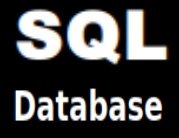
 Combo
The first two rows below define a Continuous Interest Equation for Market Price
(3rd row).
Combo
The first two rows below define a Continuous Interest Equation for Market Price
(3rd row).This converts chart information to an equivalent bond.
Trend , The fourth and fifth rows convert dividends to another Continuous Interest Equation.
This and re-investment come from earnings and should grow at the same rate as price.
Yield The sixth and seventh rows give a third Continuous Interest Equation.
Earnings should grow at the same rate as price and dividends.
& P/E Calculator:
 StkCht
StkCht



 supplies
supplies